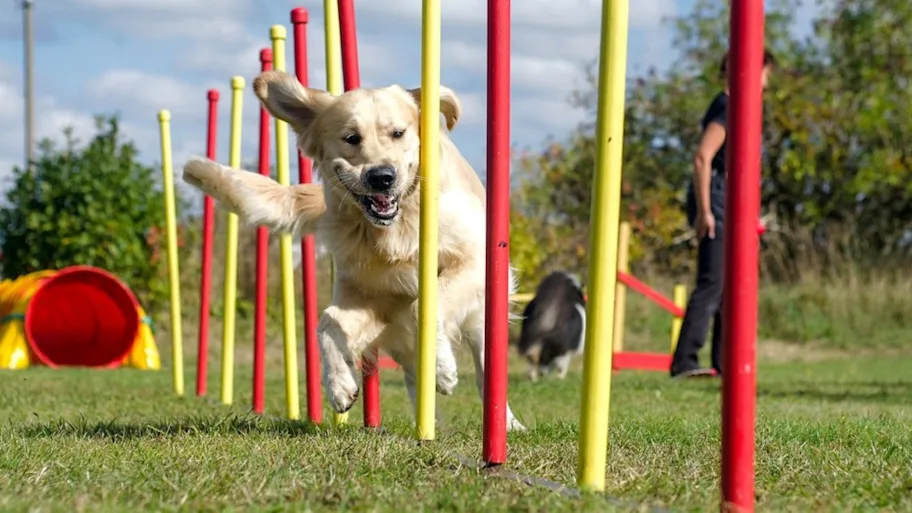
- Science News
- Featured news
- Better understanding of dog body language could make interactions safer
Better understanding of dog body language could make interactions safer

Improvements in identifying high-risk behavior were maintained 12 months after training. Image: Shutterstock.
A new study shows that both children and parents frequently misinterpret canine behavior, but a short training session can bring substantial and lasting improvements.
— by University of Lincoln, UK
A better understanding of the way dogs communicate distress could be the first step in reducing the risk of dog bites for both children and adults, a new study has found.
Teaching Children and Parents to Understand Dog Signaling► Read original article► Download original article (pdf)
Psychologists investigating how children and parents perceive and interpret dog’s body language found that both groups significantly underestimate and misinterpret the way that dogs display distress or anxiety, including behaviors such as snarling or growling which can cause a significant risk to children.
The project consisted of three phases involving children aged three, four and five years old and one group of parents. Initially, each group was shown a series of short video clips of dogs displaying a full range of behavioral signals which ranged from happy dogs through to high-risk conflict-escalating behaviors such as growling, snarling or biting. Participants were then asked to rate their perception of the behaviors on a simple, child-friendly scale from ‘very happy’ to ‘very unhappy/very angry’.
The groups then took part in a training phase where the videos were repeated, this time accompanied by simple information explaining the type of behavior the dog was displaying, for example, ‘the dog is licking its nose’, how to interpret the behavior – i.e. the dog is worried, followed by a safety message such as ‘you should leave the dog alone’. Participants then also saw novel videos with all behaviors. Once the training phase was completed, participants were immediately tested to establish their judgements of the dogs’ behaviors then testing again after six months and after one year to measure whether the training had a lasting effect.
Related: What makes a good working dog? Canine ‘aptitude test’ might offer clues
Results showed that younger children found it harder to correctly interpret dog distress signals with 53 per cent of three year olds misinterpreting high risk signals such as growling or snarling. Of the children who made mistakes, 65 per cent thought that these dogs were happy. Results showed 17 per cent of the parents also incorrectly interpreted these behaviors.
After the training intervention, both children and adults showed better understanding. Most improvement was found on conflict-escalating signals such as staring, growling or snarling with adults and older children showing the highest levels of improvement. Pre-training, only 55 per cent of four year olds were able to correctly interpret high risk dog behaviors with this rising to 72 per cent post training. The training was also shown to have a lasting effect with the figure rising to 76 per cent twelve months post-training.
Lead researcher Professor Kerstin Meints from the University of Lincoln’s School of Psychology said: “We observed that children often try to apply an explanation for the dog’s signals that would be appropriate to explain human behavior. For example, children often wrongly interpreted a dog snarling and showing its teeth to mean that the dog was happy, which could put them at significant risk if they were to approach a dog displaying these signals.
“This project is the first to offer an intervention to significantly enhance children’s and adults’ abilities to correctly interpret dog signalling and has shown that with simple training we can improve their awareness, knowledge, recognition and interpretation skills.”
Original article: Teaching Children and Parents to Understand Dog Signaling
REPUBLISHING GUIDELINES: Open access and sharing research is part of Frontiers’ mission. Unless otherwise noted, you can republish articles posted in the Frontiers news blog — as long as you include a link back to the original research. Selling the articles is not allowed.






